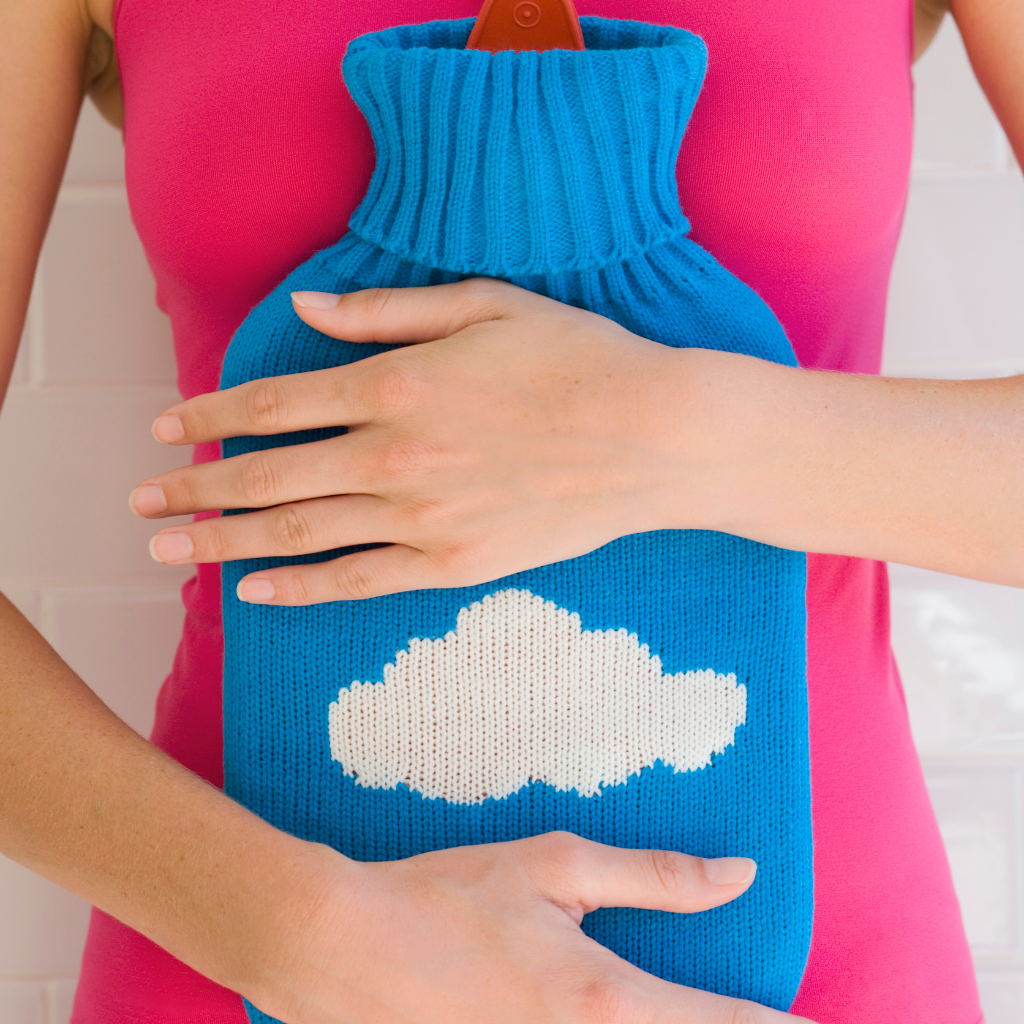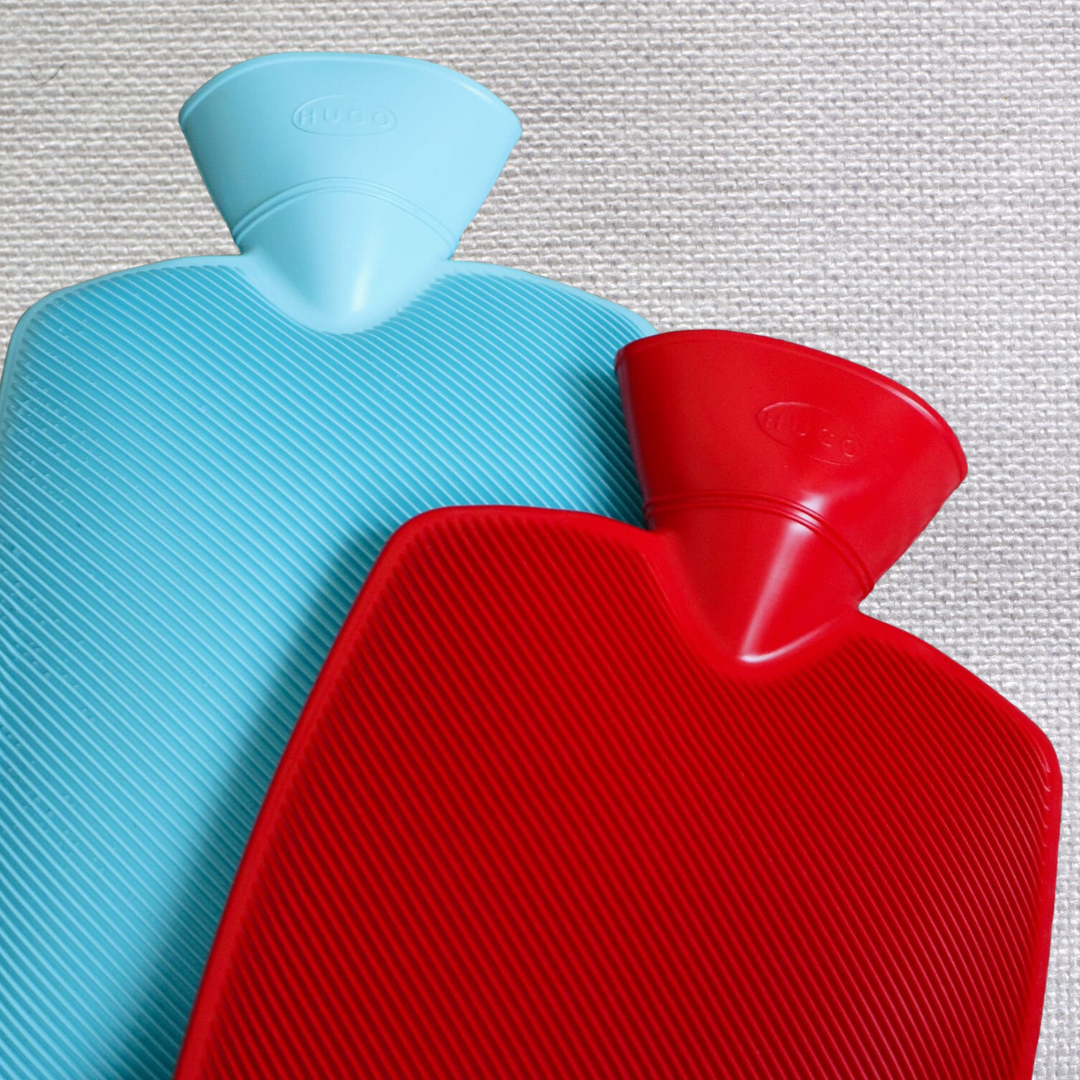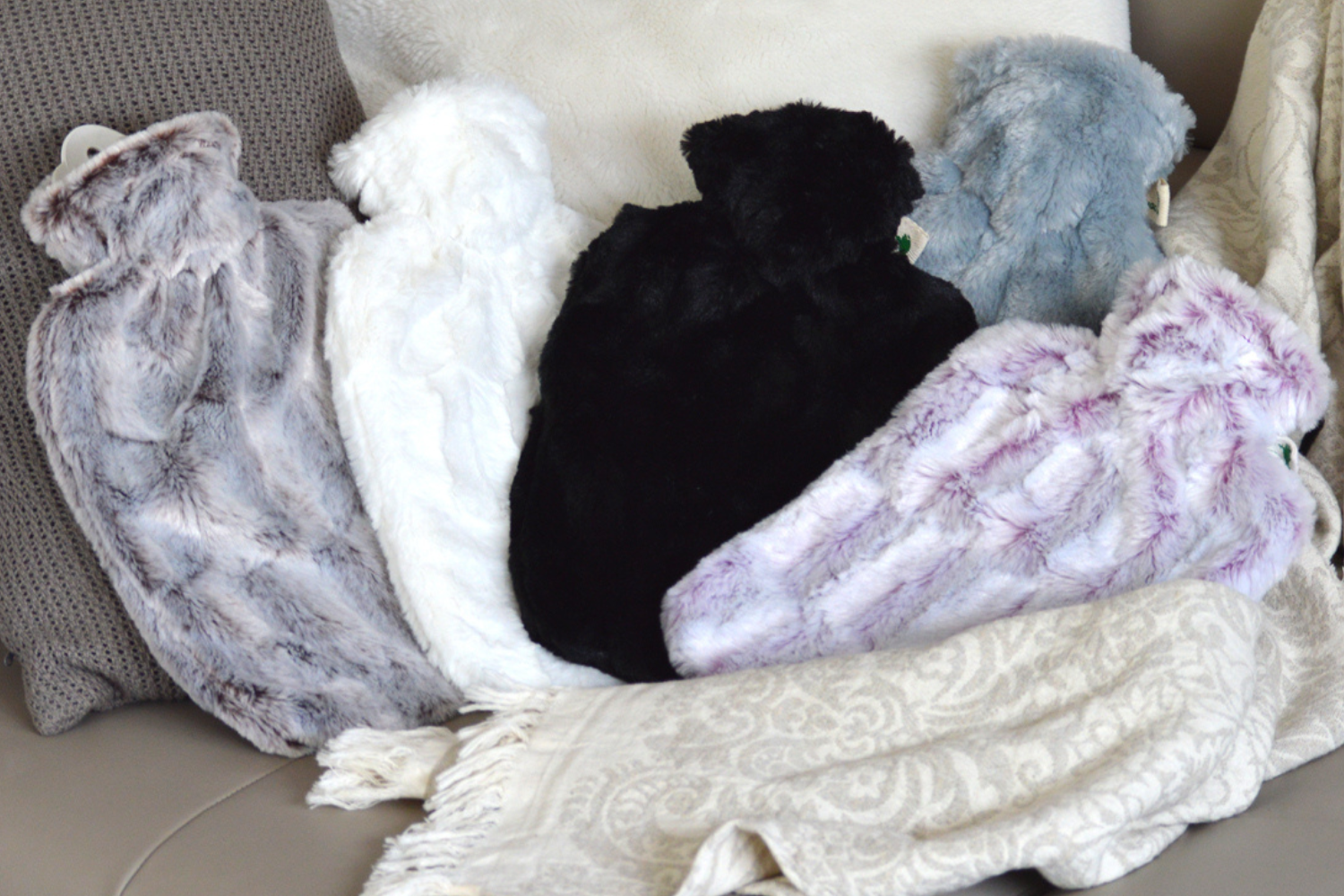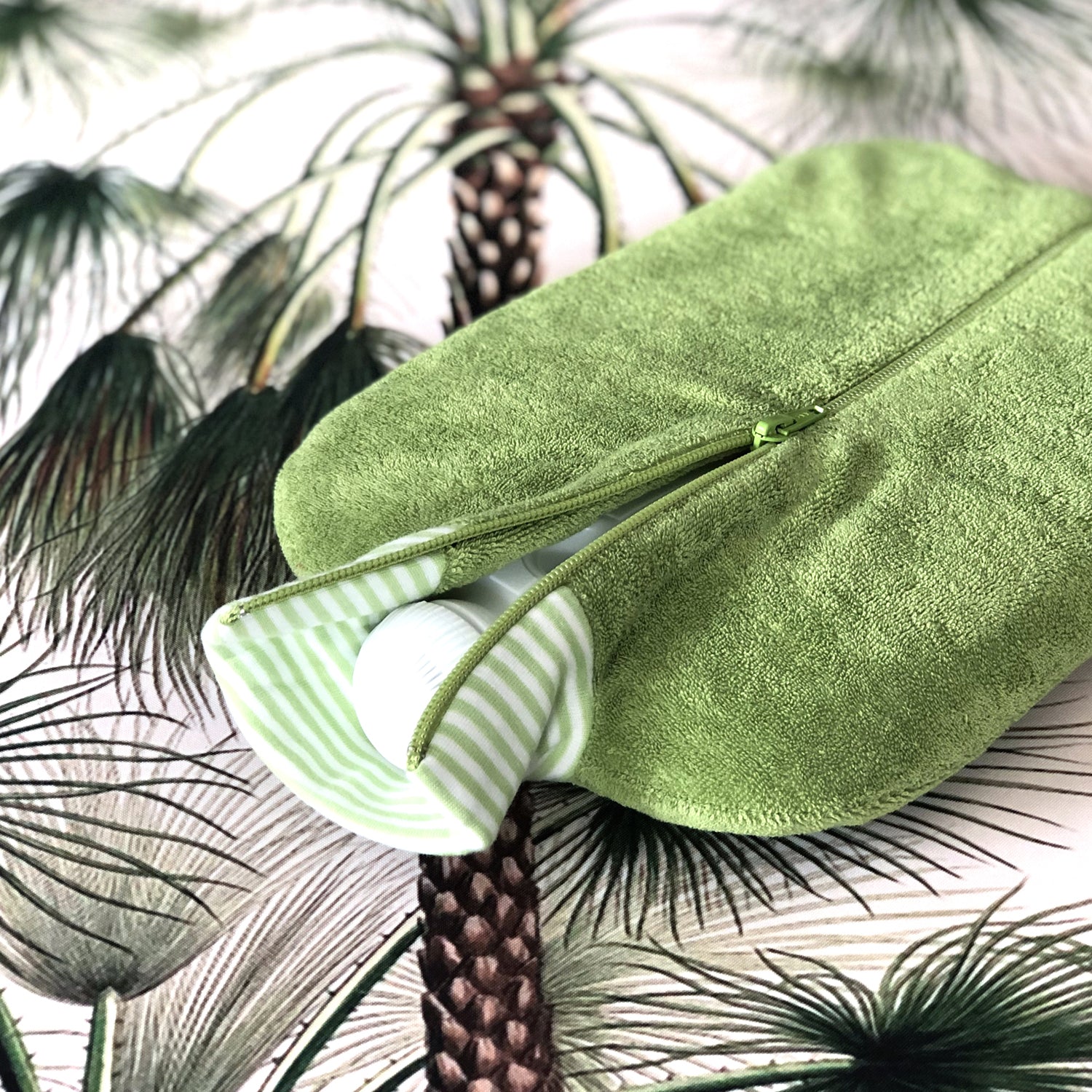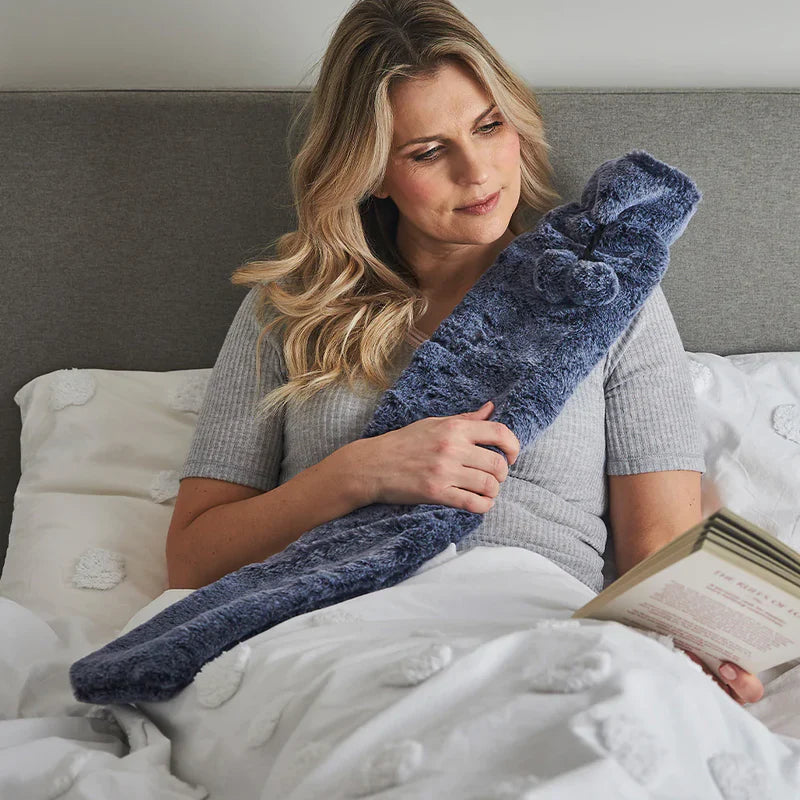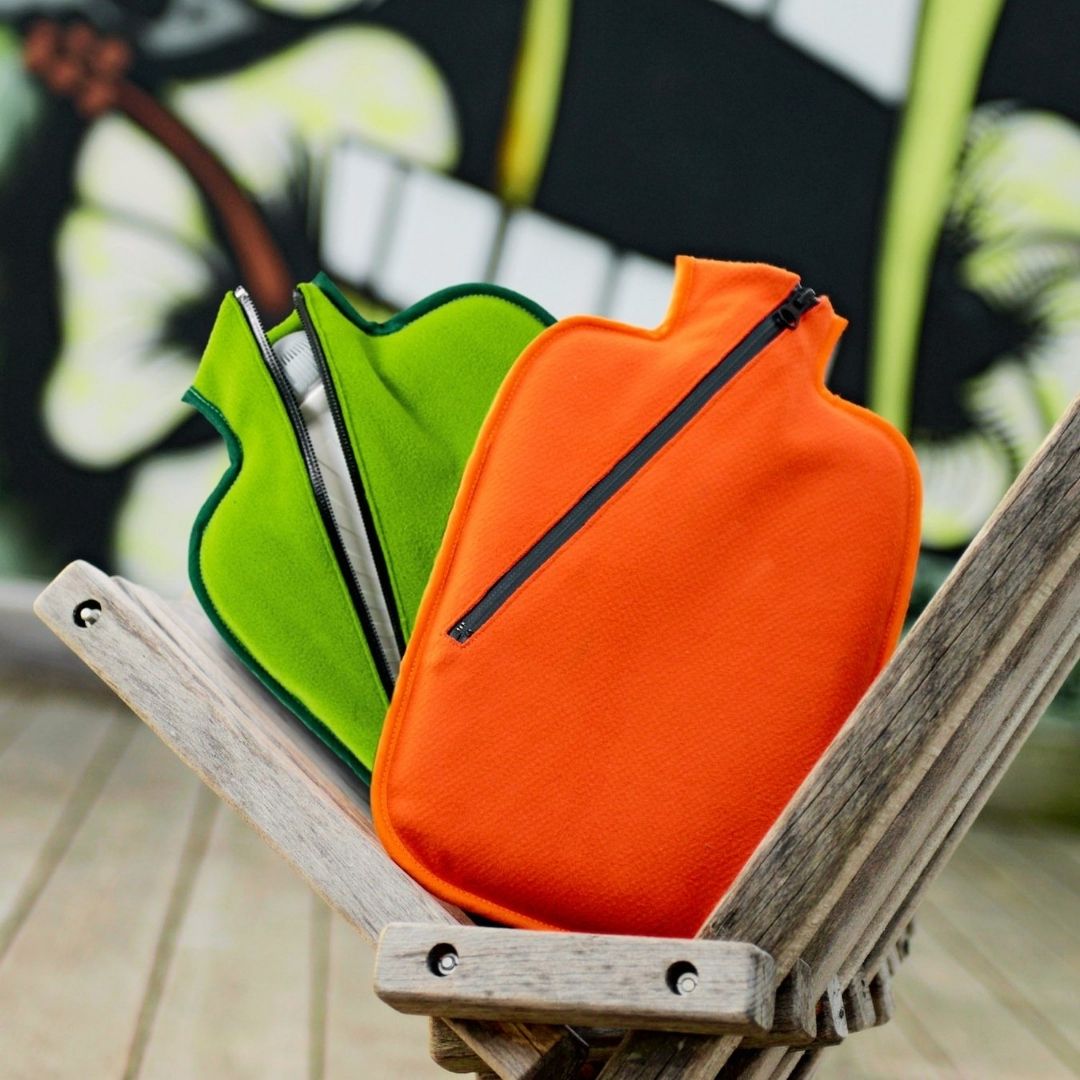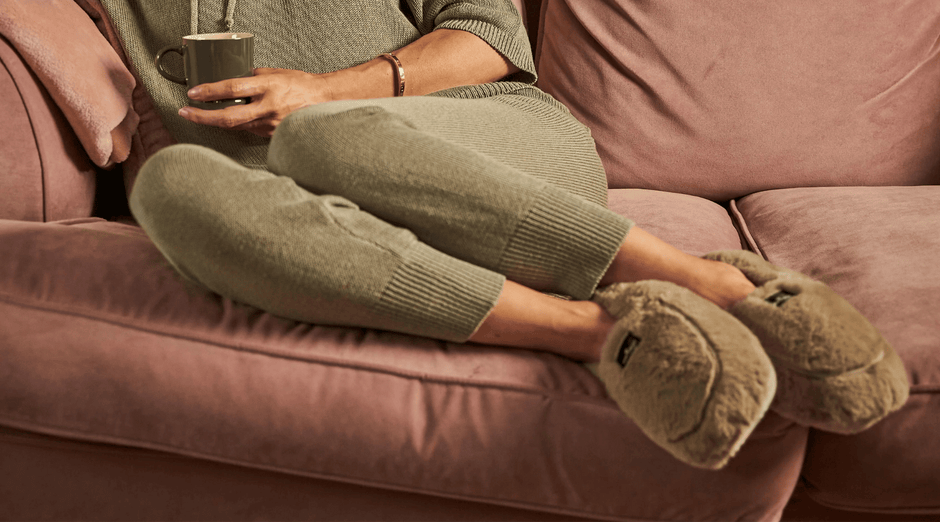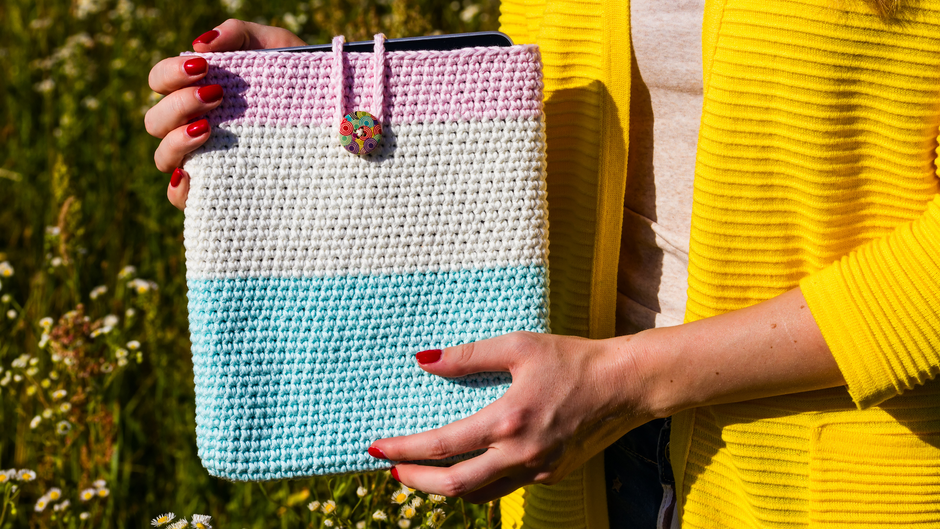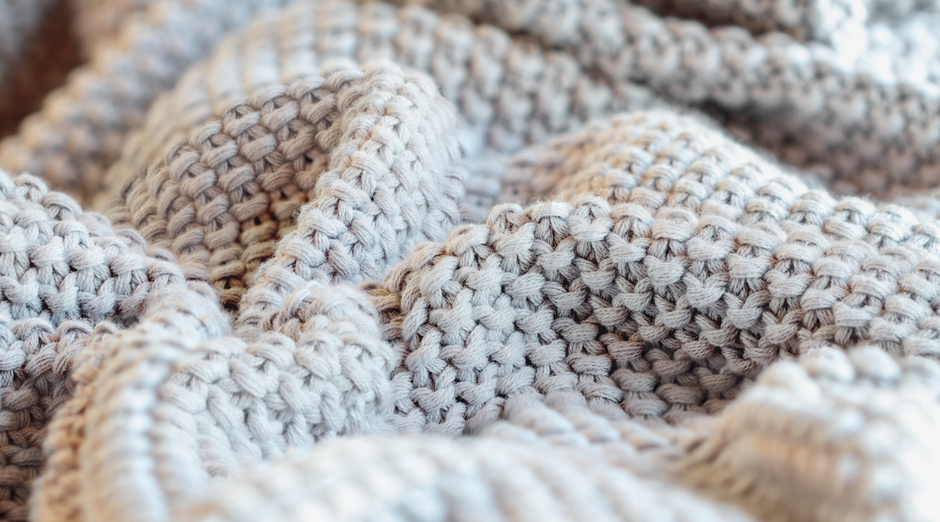As the cold months approach, many of you may be reaching out for a hot water bottle to keep you or your loved ones warm and comfortable. These sources of heat are not only effective but also simple-to-use.
We've teamed up with National Burn Awareness Day, which takes place on Wednesday 11th October 2023, to raise awareness about what to do when confronted with a burn incident, and share 9 expert tips on the safe use of hot water bottles to prevent burns.
Using a hot water bottle is generally very safe and has minimal risks if you are careful, only use hot water bottles that meet relevant safety standards, and follow instructions. Should you ever require care for burns, we recommend following the NHS advice which includes cooling the burn with cool or lukewarm running water for 20-30 minutes within 3 hours of the burn occurring.
Tip 1 - Check Safety Standards Before Purchasing
Before purchasing your hot water bottle, ensure that it complies to the required safety standards. The commonly internationally recognised standard for hot water bottles is the British Safety Standard (BS 1970:2012). Hot water bottles that meet this standard will have BS 1970:2012 embossed on their body - most commonly on the bottle's neck or around the instructions. In addition, you may also find a Kitemark or daisy-like symbol for hot water bottles made by UK brands and TUV logo or a tick in a square box for German brands.

Tip 2 - Read Instructions Carefully
Each hot water bottle comes with clear instructions or warnings which include information on how to use it safely. Such information can typically be found on its body. Ensure you familiarise yourself with these guidelines before use as they may vary from bottle to bottle. By doing so, you're not only optimising for safety but also ensuring longevity for your product. Don't forget that you may have to remove the cover to check.

Tip 3 - Check for Wear & Tear Before Use
Before filling up your bottle, inspect it thoroughly. If you notice any signs of wear and tear, such as cracks, fading, or holes, it might be time for a replacement. These imperfections could compromise the bottle's integrity, increasing the risk of leaks or bursts.

Tip 4 - Never Use Boiling Water
It might be tempting to fill your bottle with boiling water for maximum warmth, but this can be extremely dangerous and lead to burns. Boiling water can degrade the material of the bottle over time and increase the risk of burns. Instead, opt for hot water that's been left to cool down to a safe temperature after boiling. Hot water bottle manufacturers typically recommend using a temperature no higher than 50-60 degrees Celsius, and even lower for children.

Tip 5 - Never Fill to the Top
Avoid over-filling your bottle. By leaving some space at the top, you're allowing for expansion and preventing potential ruptures or leaks. What's more, this also ensures a more even distribution of heat. We typically recommend filling to no more than two-thirds capacity and squeezing out any residual air before use.

Tip 6 - Always Use a Cover or Towel
Avoid making prolonged, direct contact with your hot water bottle when using it. A stylish cover or even just a towel acts as a barrier between the bottle and your skin, reducing the chances of burns. Not only does it add an element of luxury and comfort, but it also enhances safety.
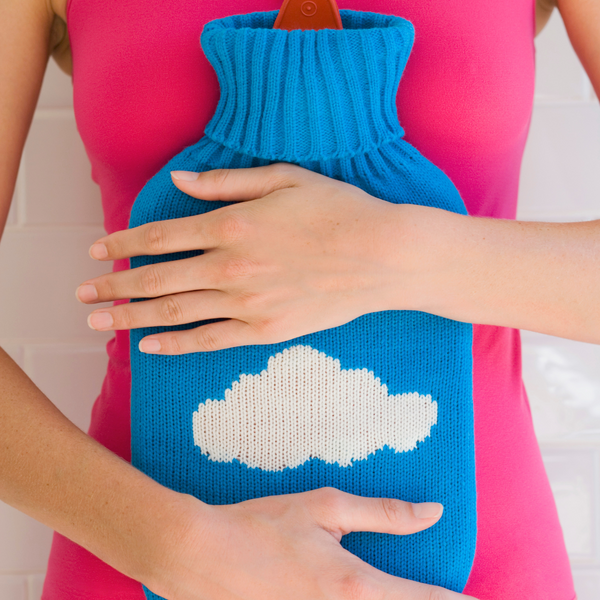
Tip 7 - Never Apply Excessive Pressure
When cuddling up with your hot water bottle, or placing it in bed, avoid putting excessive pressure on it, like sitting or lying on top of it. Excess pressure can lead to unexpected leaks or bursts.

Tip 8 - Never Leave Vulnerable People Unattended
Whether it's children, the elderly, individuals with limited mobility or people who are insensitive to heat, such as diabetics, always supervise their use of a hot water bottle. This extra layer of care ensures they're using the product safely and comfortably.

Tip 9 - Replace Every Few Years
Like most products, hot water bottles have a finite lifespan. Take care of your hot water bottle and regularly check for any signs of ageing. Be sure to replace your bottle if it shows any signs of wear or has reached the maximum lifespan recommended by the manufacturer - typically 2 -5 years from when you first use it.
You may occasionally come across some reference to a date embossed on a hot water bottle, typically a year and month. This is most commonly the date of production and is used primarily for production traceability. Any maximum lifespan or expiry date should be measured based on the date of first usage not production.

Final word
When used appropriately, hot water bottles can offer an effective, soothing and safe experience. Embrace the warmth of a hot water bottle, but always prioritise safety to ensure a risk-free and luxurious comfort for you and your loved ones. Stay warm, stay safe!
We go to great lengths to ensure that all our hot water bottles are easy-to-use, effective and meet the relevant safety standards. You may also find our essential guide useful if you want to learn more about keeping warm safely.

